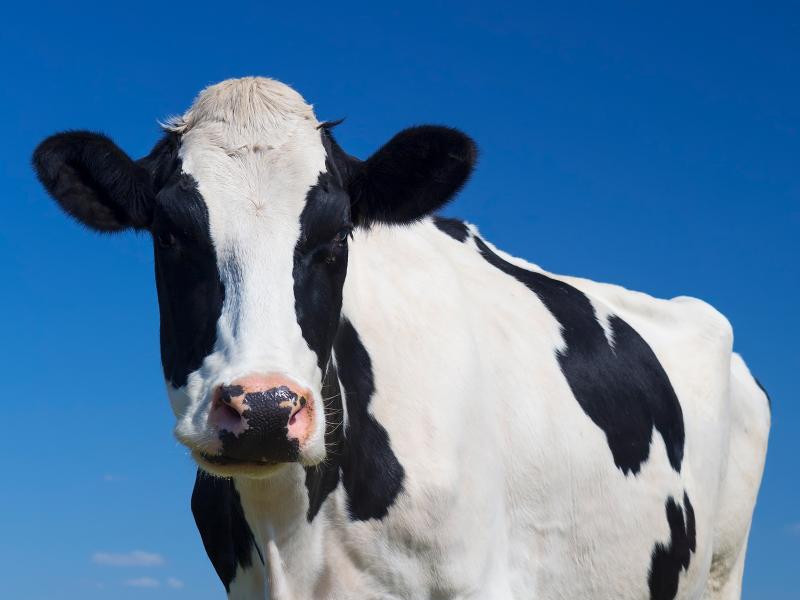Welcome to the 2021 Beach Paper summer publication season. I hope you are well and safe from the (hopefully soon to be gone) COVID-19. It has been a long haul, but we are near the finish line.
By the time you read this, hopefully the monsoon season in Sussex County will be over or at least subsided enough to play golf on a regular basis, again. But before you venture out, take a moment to remind yourself who invented the game you love to hate.
If you are stumped, for the answer, let me give you a few hints: think of a golf course(s) without trees, but with cows, horses and sheep on the fairway. Add in rough two feet tall and a calm wind, usually about 25 miles per hour, then mix in rain and more wind (and don’t forget 10 feet deep pot hole bunkers).
Still not quite sure, throw in a kilt, some fine whiskey and a bagpipe or two and by now you should have your answer. If you said the Scots or Scotland around 1556, you would be correct (if you take out the horses, cows and sheep, you still have the same look and feel of the upcoming 2021 British Open…COVID restrictions pending). So now we jump ahead to 1774, when the Edinburgh Town Council decided to give a Silver Cup prize to the winner of their first annual golf tournament. Someone pointed out, that to be an official tournament, “golf” should now have rules and basic standards. (Historians have pondered over the question, why did it take almost 200 years for official rules to be implemented? Some believe that golf was only a game of recreation, not to be to stuffy with rules, while others think alcohol may have been involved, or both). The town council prevailed and here’s a synopsis of the first 14 rules in 1774.
1. You must tee up your ball within a club length of the hole. (This is not a misprint; the green was also the tee box for the next hole).
2. Your tee must be on the ground. (As opposed to where?).
3. You cannot change the ball you strike off the tee. (Even if you lose feathers or other stuffing during the hole play).
4. You cannot remove bones, stones or broken clubs on the fairway to play your ball, but you can remove them within a club length of the hole, once on the green.
5. You may remove your ball from water or watery filth and tee it up behind the hazard. (This rule says you don’t take a penalty stroke, but give your opponent an extra stroke, if needed on the hole).
6. If two balls touch on the green remove the one closest to the green to putt the second ball.
7. After putting out, don’t mess with your opponent’s ball placement.
8. If you have a lost ball, play another from your last hitting spot and give your opponent an extra stroke on the hole, if needed.
9. After you putt out, don’t block the hole with your club, foot or any object.
10. If your ball hits a person, cow, dog, sheep or horse, play it where it “lyes.”
11. If you strike at or hit the ball and your club breaks, it counts as a stroke.
12. The player farthest from the hole must play first. (Finally a rule that makes sense).
13. I will give you this rule word for word and let you figure it out.” Neither trench, ditch nor dyke, made for the preservation of the links, nor the scholar’s holes or the soldier’s lines shall be accounted as a hazard.”
14. If your ball lands on or near a pile of cow, horse or sheep manure, you may take a free drop, a club length from the pile.
19th Hole Trivia
• Some non-golf purists believe that golf was invented by either the Chinese, the Egyptians, or the Japanese and even Native Americans get some credit for the game
• In some games of ancient golf, the goal was to hit your ball, stone or animal head toward a tree, post, basket or wicket. The Scots are credited with inventing the cup, stick and flag in the 16th century.
• Going one step farther, the Scots are also credited with the words fore and mulligan, as well as stopping play at the end of 18 holes and then going to “The 19th Hole.”





















































